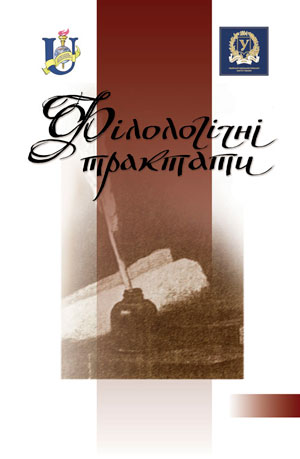A. Diadechko. Lingual and non-lingual secrets of the popularity of the novel "Winter solstice" by L. Pilcher
DOI:
https://doi.org/10.21272/https://doi.org/10.21272/%20Ftrk.2018.10(1)-18Keywords:
style, figures of speech, metaphor, simile, idiom.Abstract
The paper attempts to explicate the worldwide popularity of the novel “Winter Solstice” written by the British writer Rosamunde Pilcher. It considers the significance of the novel for the authoress‟ personal writing career as well as its relevance at the global scale. The study implies two approaches, namely, the initial focus on readers‟ comprehension of the novel combined with the investigation of its structural and content constituents viewed linguistically. The literary analysis of the text of the novel correlates with some well-known concepts developed by national and foreign linguists in relation to the specific features of the modern English language. The paper enlists and illustrates writing techniques preferably used by the authoress of the novel, her ability to visualize the narration through highly detailed description in particular. The analysis of some figures of speech such as epithets, metaphors, allegory, similes, idioms as well as some specific uses of the English language morphology and syntax contributes to the identification of the authoress‟s style. The results of the study gained through quantitative, descriptive and structural research methods, can be essential to better understanding of how the system of the English language works today. They can also help reveal the interaction between cognition and lexicon and grammar of modern English. Presumably, the main target audience of the paper can be those Ukrainians who practice reading fiction in English for both professional and individual purposes.














